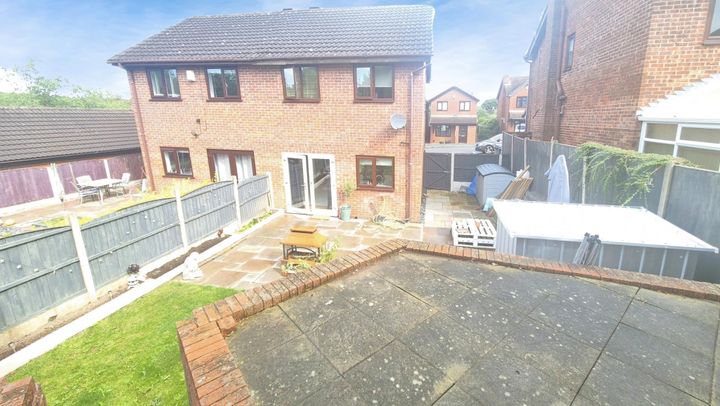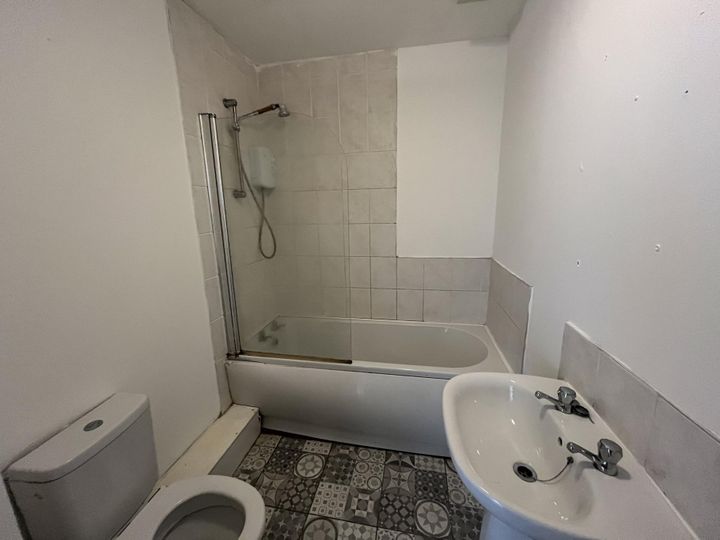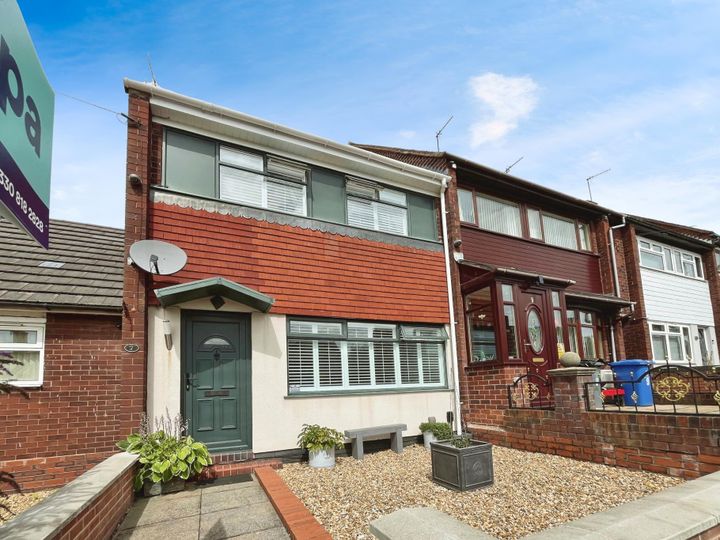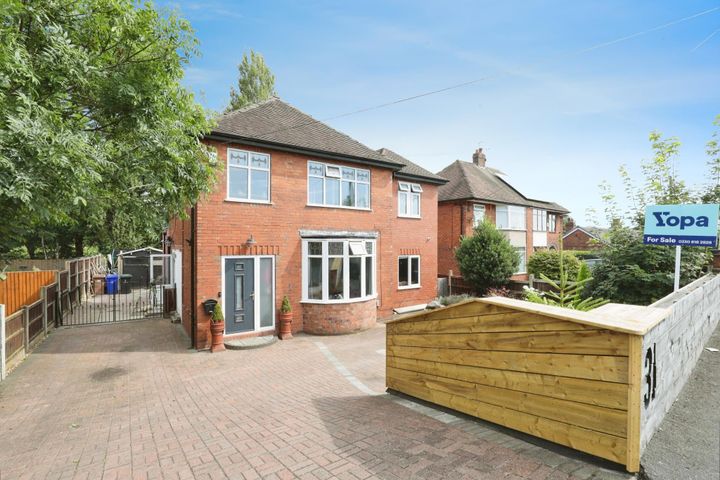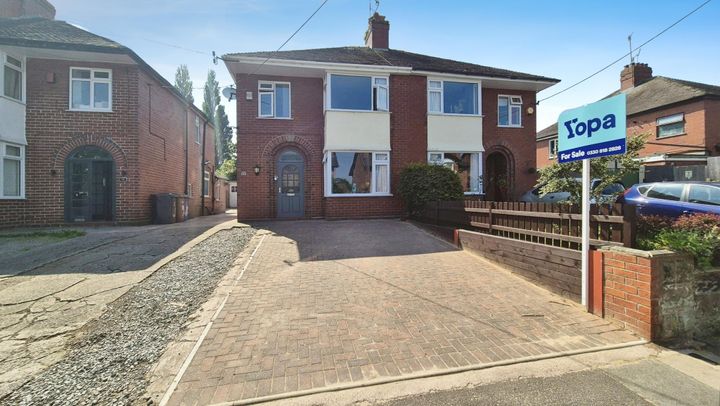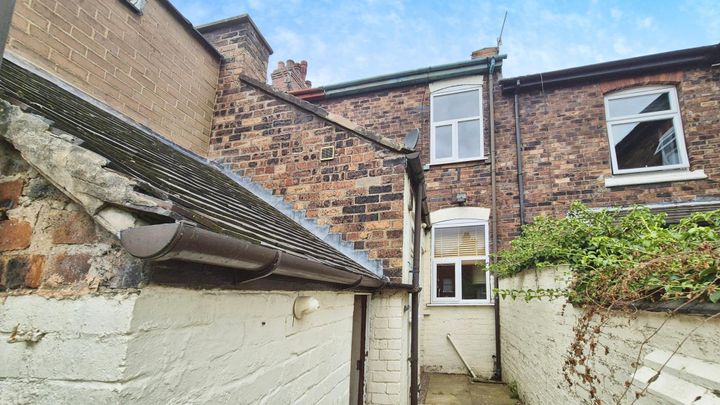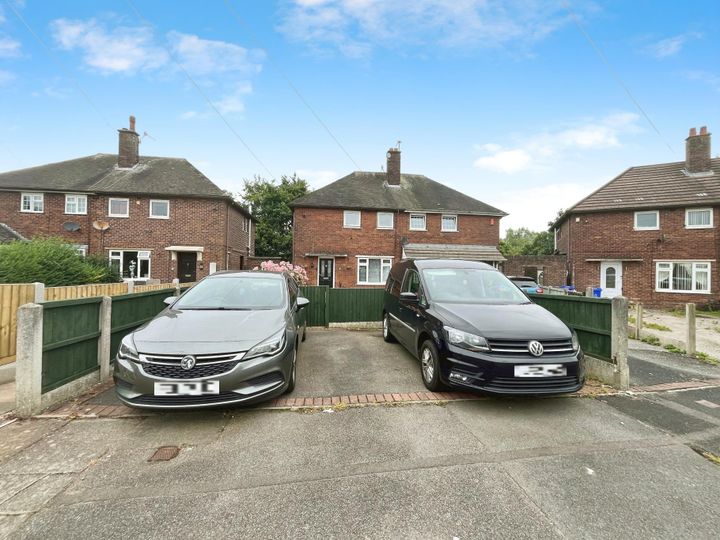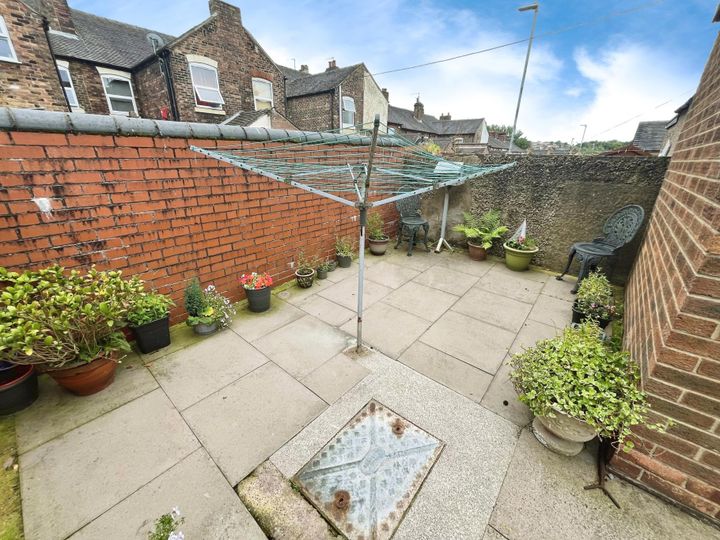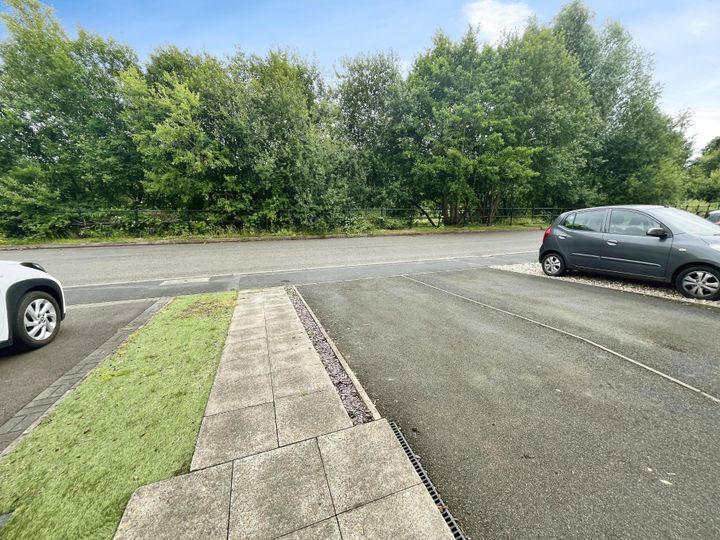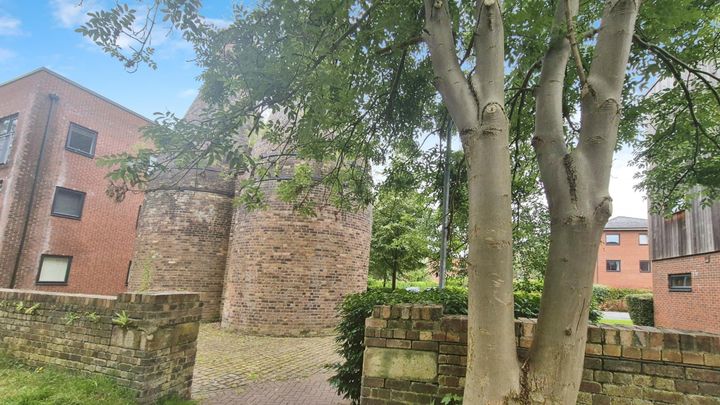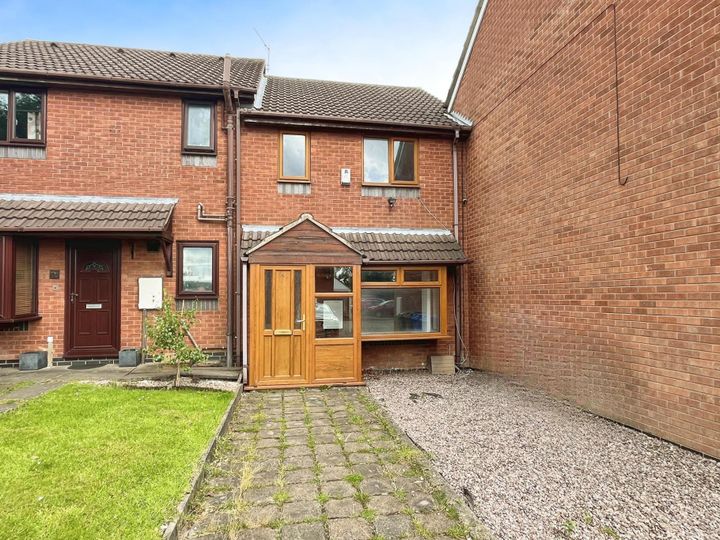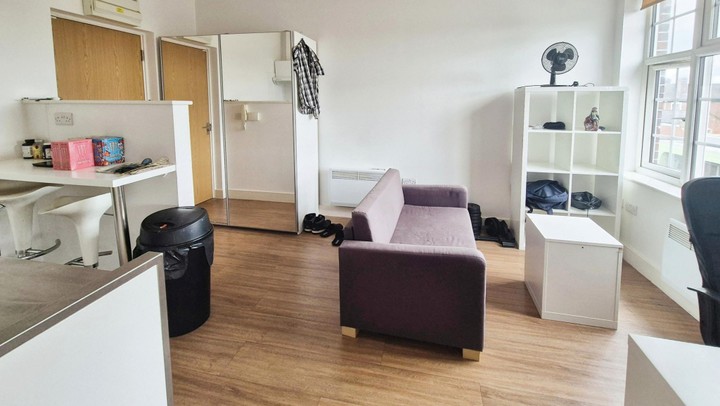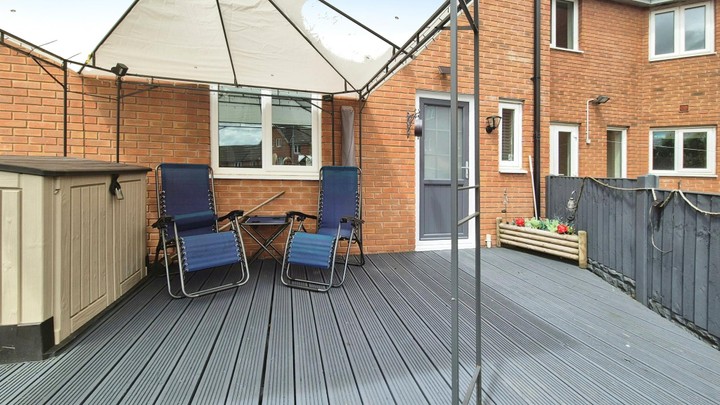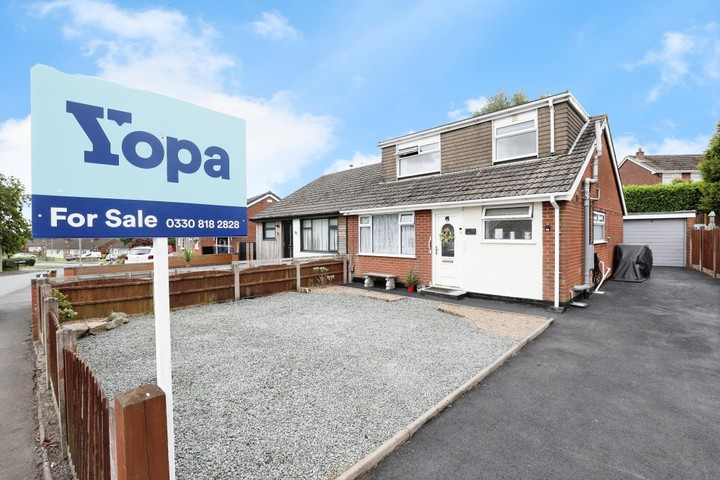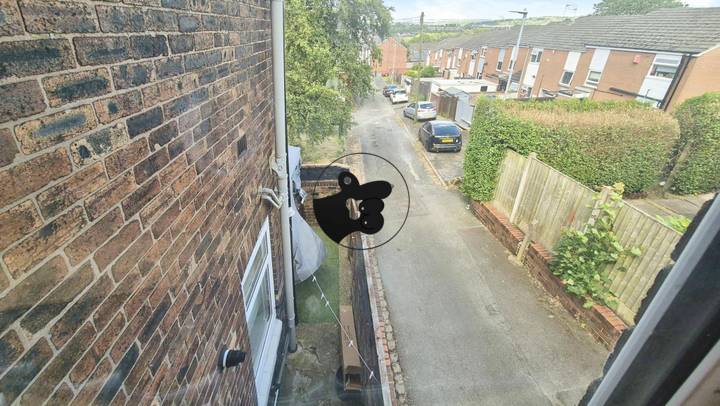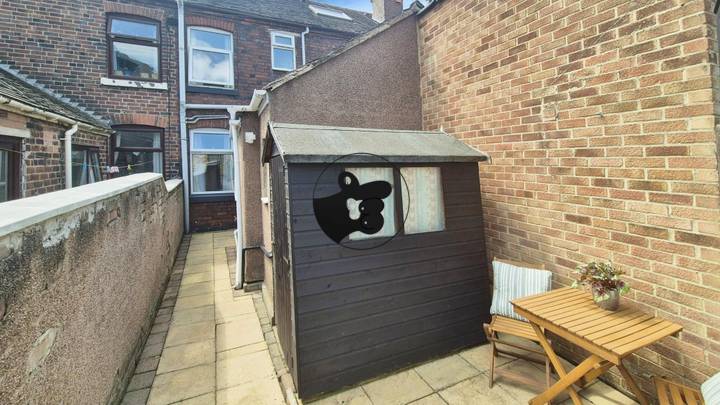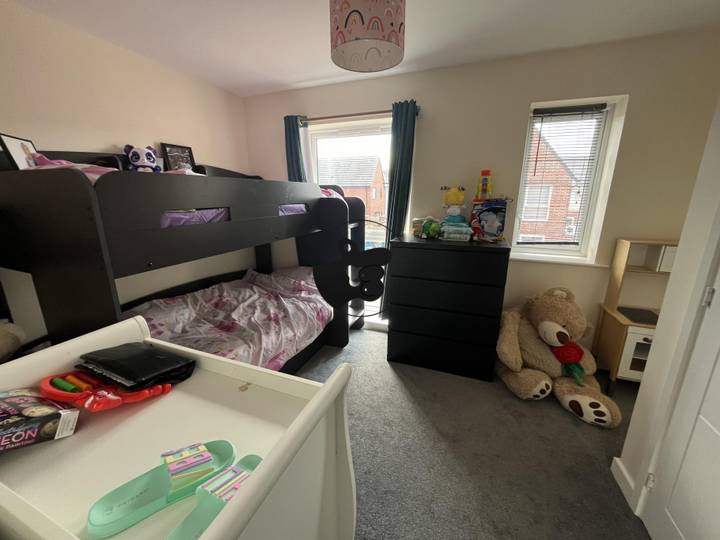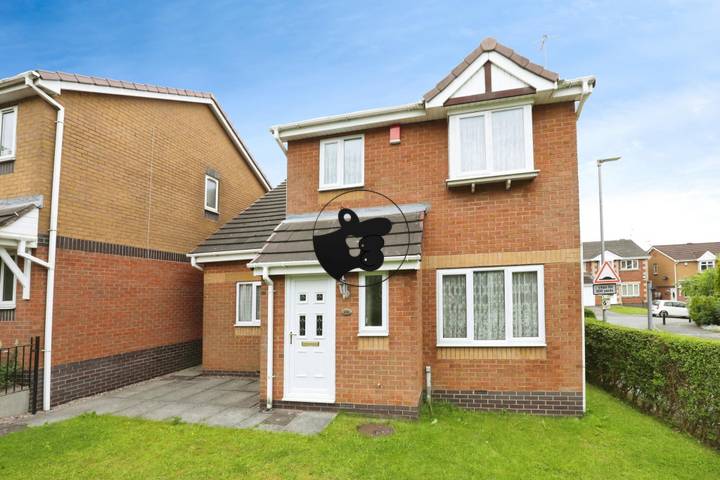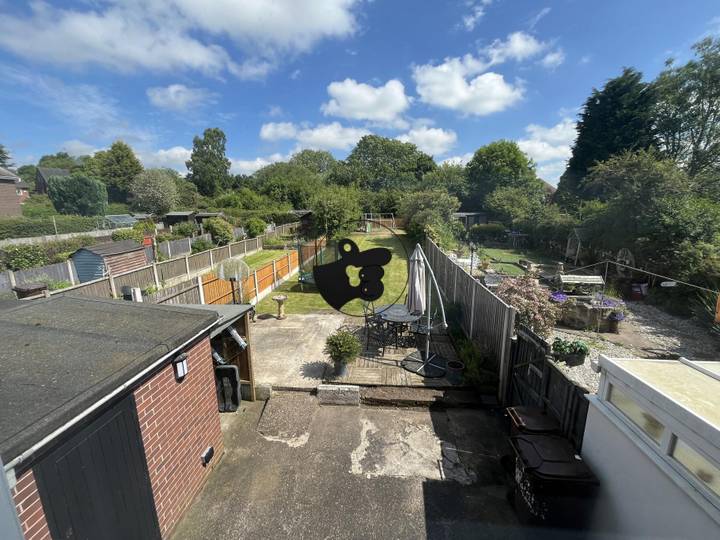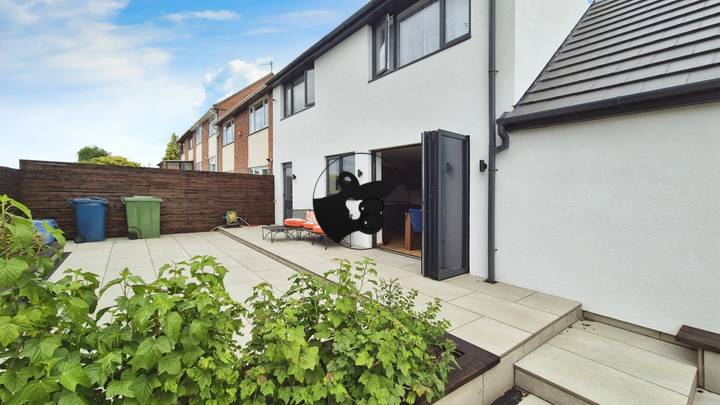Real estate prices in Stoke-on-Trent are influenced by several key factors, including local economic conditions, transport links, and housing demand. The area has experienced significant regeneration efforts, particularly in neighborhoods like Hanley and Burslem, which have boosted local investment and improved infrastructure. Proximity to major transport routes, such as the A500 and M6 motorway, also plays a crucial role; better connectivity to larger cities like Manchester and Birmingham tends to increase property desirability. Additionally, the demographic changes, with younger professionals moving in, have driven demand for modern apartments and first-time buyer homes, particularly in areas near cultural amenities and educational institutions, such as Staffordshire University. Property conditions and historical significance of certain districts further contribute to price variations, with well-maintained Victorian terraces in areas like Longton often fetching higher prices than those in need of significant repair.
Stoke On Trent
Location
Price Range
Any price
Price Range
Minimum
No min
Maximum
No max
Property type
Show all
Property type
Show all
House
Apartment
Building
Other
Bedrooms
Any beds
Bedrooms
Minimum
No min
Maximum
No max
Surface Range
Any surface
Surface Range
Minimum
No min
Maximum
No max
Sale type
For sale
Sale type
Show all
To rent
For sale
Location
Apartments and houses for sale in Stoke On Trent
44 results
Recent
Stoke On Trent insights
| Aspect | Summary |
|---|---|
| Population | 253,000 |
| Average Property Price | £150,000 |
| Rental Yield | 5.5% |
| Average Rent | £800 |
| Occupancy Rate | 92% |
| Capital Growth Rate | 3% per annum |
| Property Tax | 1.5% of property value |
| Transaction Costs | 3% of property value |
| Expected ROI | 7% annually |
| Economic Growth Impact | Positive due to ongoing urban regeneration |
Stoke On Trent FAQ
What factors influence real estate prices in Stoke On Trent?
How do property prices in Stoke On Trent compare to nearby areas?
Property prices in Stoke-on-Trent are generally more affordable compared to nearby areas such as Newcastle-under-Lyme and Stafford. For instance, as of late 2023, the average property price in Stoke-on-Trent hovers around £150,000, whereas Newcastle-under-Lyme sees averages closer to £200,000. This discrepancy can be attributed to factors such as neighborhoods, local amenities, and overall demand. Areas like Burslem and Tunstall in Stoke-on-Trent often offer lower entry points for first-time buyers, with prices sometimes dipping below £120,000 for two-bedroom homes. In contrast, Stafford, known for its commuter links, has higher average prices near £250,000, reflecting its desirability for those working in larger cities like Birmingham. Similarly, the trends seen in towns like Kidsgrove show a gradual increase, yet they still often lag behind Stoke-on-Trent in terms of cost-effectiveness for buyers.
What is the average price of a house in Stoke On Trent?
As of late 2023, the average price of a house in Stoke-on-Trent is approximately £145,000. This figure reflects a blend of property types across the city, with prices varying considerably by area. For instance, homes in the popular neighbourhood of Trentham tend to be more expensive, with average prices around £195,000, while areas like Burslem and Fenton may see averages closer to £125,000. The market has experienced fluctuations, influenced by factors such as local amenities, school ratings, and transport links. Terraced houses generally fall around £120,000, whereas semi-detached properties average about £160,000. Moreover, larger family homes can reach higher prices, with some spacious detached houses exceeding £250,000, especially in sought-after areas.
Are property prices in Stoke On Trent increasing or decreasing?
Property prices in Stoke-on-Trent have shown a mixed trend in recent years, with various factors influencing the market. As of late 2023, the average property price in the city has seen a slight increase compared to previous years, reflecting a broader trend in the UK housing market post-pandemic. For instance, areas like Abbey Hulton and Fenton have reported modest price rises, with average homes now selling for around £130,000 to £140,000, indicating a growing interest from first-time buyers and investors. In contrast, some neighborhoods, particularly those with older housing stock and less appeal, have experienced stagnation or even decreases in property values. Additionally, the local economy's development, including new job opportunities and improvements in infrastructure, also plays a crucial role in driving demand, affecting the prices in specific areas. Overall, while some regions within Stoke-on-Trent witness price upticks, others remain relatively flat, illustrating a varied property landscape across the city.
What types of properties are most popular in Stoke On Trent?
In Stoke-on-Trent, terraced houses are among the most popular types of properties, reflecting the city's industrial heritage and providing affordable housing options for first-time buyers and families. Many of these homes feature two to three bedrooms, with traditional architectural elements such as red brick facades and small gardens. Semi-detached properties are also highly sought after, offering slightly more space and privacy, often appealing to young professionals and growing families. Areas like Burslem and Tunstall are known for their charming Victorian and Edwardian houses, which attract buyers looking for character and original features. Additionally, newer developments, particularly around Hanley and Fenton, include modern apartments and family homes that cater to those seeking a contemporary living environment with easy access to amenities and transport links. Overall, the property market in Stoke-on-Trent reflects a diverse range of options that cater to various budget levels and lifestyle preferences.
How does the condition of a property affect its price in Stoke On Trent?
The condition of a property in Stoke-on-Trent significantly influences its market price, primarily due to both aesthetic appeal and structural integrity. For instance, a well-maintained three-bedroom semi-detached house in a desirable area like Burslem may fetch a higher asking price compared to a similar property in poor condition, where issues like dampness or outdated electrical systems can deter potential buyers. Properties that require extensive repairs, such as a roof replacement or significant plumbing work, often see price reductions, reflecting the buyers’ anticipated costs for necessary renovations. Conversely, homes that feature modern updates, such as newly installed kitchens or bathrooms, can command a premium; for example, an updated property in the thriving neighborhood of Fenton could see a competitive offer, whereas a neglected counterpart might languish on the market. The local market perception and the economic landscape also play roles; in areas with rising demand, even properties needing work may not see as steep of price deductions as they would in slower markets.
What is the impact of local amenities on real estate prices in Stoke On Trent?
Local amenities have a significant impact on real estate prices in Stoke on Trent. Properties located near schools, parks, and shopping areas often attract higher demand, leading to increased prices. For example, homes in areas with well-rated schools, like the ones near St. Peter's Academy or Longton High School, can see a price premium due to families seeking good educational opportunities. Retail hubs, such as the Potteries Shopping Centre, also play a crucial role; homes within walking distance of these conveniences typically command higher prices due to the appeal of easy access to shops and restaurants. Additionally, proximity to healthcare facilities like the Royal Stoke University Hospital can influence property values, as buyers often prioritize access to medical services. Public transport links, including the Stoke-on-Trent railway station, enhance connectivity for commuting, further elevating the desirability and price of nearby properties.



